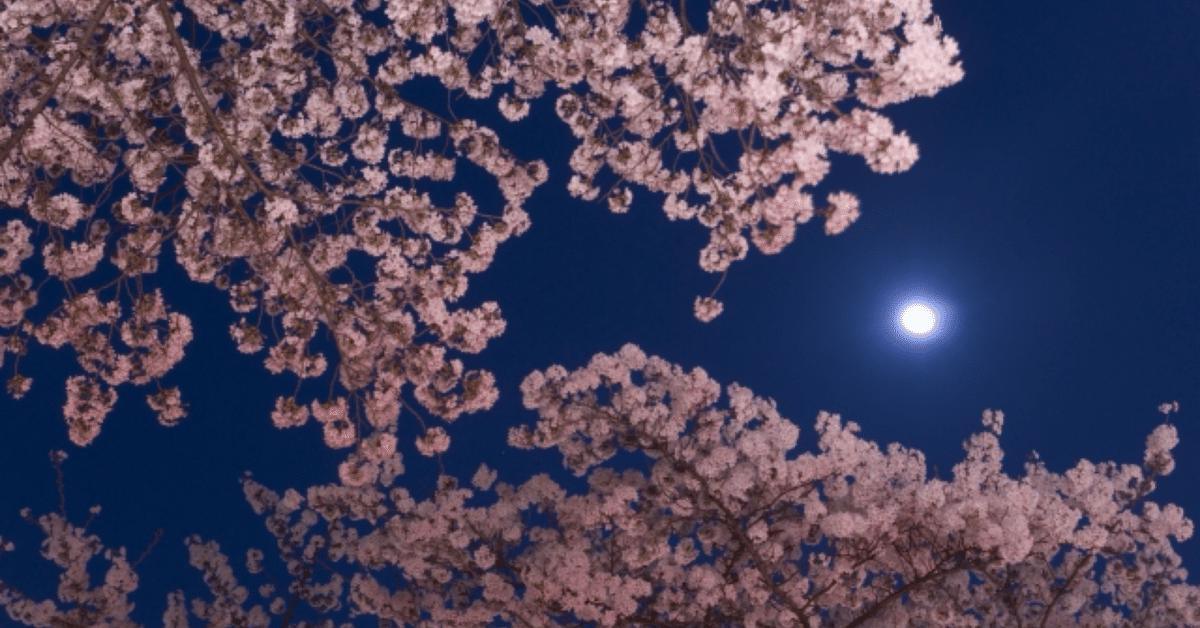
【Koyomi】March 13, 2024
Aliases of March
3月の異名
March in Japan is a season brimming with the essence of spring, known by numerous aliases, each reflecting the beauty of nature, the richness of culture, and the seasonal changes that closely accompany people's lives.
三月、春の息吹を全身で感じるこの季節は、日本において多くの異名を持っています。それぞれの名前は、自然の美しさ、文化の豊かさ、そして人々の暮らしに寄り添う季節の変化を映し出しています。
The most popular alias, "Yayoi," mentioned in the "Nihon Shoki" (Chronicles of Japan), signifies a time when all flora thrives under the warm spring sunlight. This name symbolizes the vigor and growth of nature's renewal.
最もポピュラーな異名「弥生(やよい)」は、「日本書紀」にも記されており、全ての草木が春の温かな陽気によって生い茂る様子を表しています。この名前は、自然の再生と成長の力強さを象徴していると言えるでしょう。
The cherry blossom culture is encapsulated in names such as "Sakurazuki" (Cherry Blossom Moon) and "Hanamizuki" (Flower Viewing Moon), referring to the period when cherry blossoms are in full bloom, and people enjoy their splendid beauty. "Momozuki" (Peach Moon) is named for the season when not only cherry blossoms but also peach flowers bloom gloriously.
桜を愛でる文化は、「桜月(さくらづき)」や「花見月(はなみづき)」という名前にも表れています。これらは、桜の花が満開になり、人々がその美しさを楽しむ時期を指しています。また、「桃月(とうげつ)」は、桜だけでなく桃の花も同じくこの時期に咲き誇ることから名付けられました。
"Kagetsu" (Flower Moon) celebrates the variety of flowers blooming in March, beyond just cherry and peach blossoms. Meanwhile, "Hinazuki" (Doll Moon) derives from the Hina Matsuri (Doll Festival), highlighting the tradition of displaying Hina dolls. "Sangatsu" (Silkworm Moon) points to the time when mulberry leaves sprout, marking the beginning of silkworm rearing.
「花月(かげつ)」は、桜や桃にとどまらず、三月に咲くさまざまな花を称える名前です。一方、「雛月(ひいなつき)」は、桃の節句であるひな祭りにちなんでおり、お雛様を飾る風習からきています。「蚕月(さんげつ)」は、この時期に桑の木が葉を出し、蚕の養育が始まることに由来します。
Moreover, March carries names like "Haru Osamezuki" (Spring Farewell Moon), "Hana Tsukizuki" (Flowering Moon), "Yumemizuki" (Dream Viewing Moon), and "Haya Hanasakizuki" (Early Flowering Moon), reflecting the wistfulness for spring's end, and the dream-like beauty of its nature. Other names such as "Ban Shun" (Late Spring), "Bo Shun" (End of Spring), "Ki Shun" (Seasonal Spring), and "Mi Haru" (Yet Spring) evoke the gradual transition towards the end of spring.
さらに、三月は「春惜月」、「花津月」、「夢見月」、「早花咲月」など、春の終わりを惜しむ心や、夢見るような美しい自然の風景を表す名前も持っています。その他、「晩春」、「暮春」、「季春」、「未春」など、春の終わりに向けての移り変わりを感じさせる名前も存在します。
These aliases reflect the close relationship between natural cycles and people's lives, as well as the Japanese culture of cherishing seasons. As we move through March, pondering these names and their meanings can offer a deeper appreciation for spring's beauty. By delving into the significance behind each alias, one may discover a richer way to enjoy the season.
これらの異名は、自然の周期と人々の生活が密接に関わっていること、そして季節を大切にする日本の文化を反映しています。三月を通じて、これらの異名を思い浮かべながら、春の美しさを改めて感じてみるのはいかがでしょうか。それぞれの名前が持つ意味を噛みしめることで、より豊かな季節の楽しみ方が見えてくるかもしれません。
この記事が気に入ったらサポートをしてみませんか?
